When interest rates and bond yields were at historic lows a short while ago, the case for investing in bond ETFs was fairly weak.
Interest rates have been rising sharply in Canada, making fixed-income ETFs more attractive at these levels.
I took the time to do some research, and here are some of the best fixed-income ETFs in Canada.
Not all Fixed Income is Created Equal
The differences between different fixed-income ETFs can be staggering. For example, a high-yield fixed-income ETF investing in emerging markets is going to be a high-risk investment.
Investing in a short-term US government bond ETF is likely going to be considered low risk.
Risk and Yield
The riskier a bond or bond ETF is, the higher its yield will likely be. This makes sense intuitively – you should be paid more to take on additional risk.
Bonds that are offered by companies are usually assigned a rating by one of the following agencies:
- Fitch Ratings
- Standard & Poor’s Global Ratings
- Moody’s Investor Services
Companies that are high-risk will not be able to issue bonds that are considered investment grade. These bonds fall in the high-yield category, will be paying a much higher monthly yield, and will be included in high-yield ETFs.
Term-to-Maturity and Yield
Bonds typically vary in maturity from one year to as high as 30 years. A bond that has 30 years to maturity will be much riskier than a one-year bond, because of the inherent interest rate risk.
If interest rates rise, the unit price of a long-term bond ETF will fall much more than a short-term bond ETF.
This video does a fantastic job of explaining interest rate risk:
Best Fixed Income ETFs in Canada
Now that you have an understanding of the basic differences between bonds, let’s look at a list of the best Canadian ETF options. The options are split into different categories based on each ETF’s underlying bonds.
- BMO Short Corporate Bond ETF (ZCS.TO)
- iShares Core Canadian Short Term Bond Index ETF (XSB.TO)
- Horizons Active High Yield Bond ETF (HYI.TO)
- NBI High Yield Bond ETF (NHYB.TO)
- Purpose Global Bond ETF (BND.TO)
- AGFiQ Global Multi-Sector Bond ETF (QGB.NE)
- Mackenzie Floating Rate Income ETF (MFT.TO)
- iShares Floating Rate ETF (XFR.TO)
- BMO Mid Corporate Bond Index ETF (ZCM.TO)
- Horizons Active Corporate Bond ETF (HAB.TO)
- BMO Emerging Markets Bond Hedged to CAD Index ETF (ZEF.TO)
- Mackenzie Emerging Markets Bond Index ETF (QEBH.TO)
Best Short-Term Bond ETFs in Canada
1. BMO Short Corporate Bond ETF
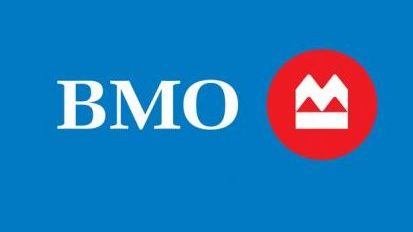
- Ticker: ZCS.TO
- Inception Date: October 20, 2009
- Assets under Management: $1.3 billion
- Management Expense Ratio: 0.11%
- Listed on: Toronto Stock Exchange
- Distribution Yield: 3.42%
- Stock Price: $13.27
- YTD Return: 0.01%
ZCS is our top choice as a Canadian fixed-income ETF in the short-term category. It passively tracks the FTSE Canada Short-Term Corporate Bond Index.
ZCS is a massive ETF with a very low MER. The ETF has 404 individual bond holdings, so it is very well diversified.
The ETF’s distributions are paid out monthly, which is usually the case for most fixed-income ETFs. ZCS invests entirely in corporate bonds within Canada.
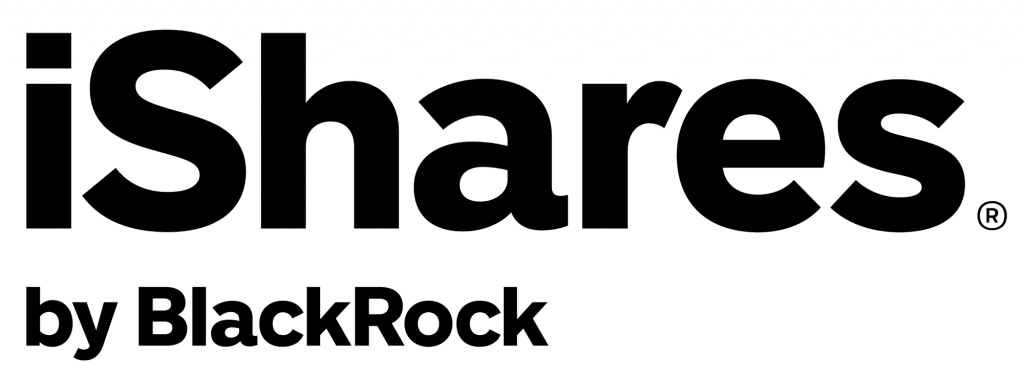
- Ticker: XSB.TO
- Inception Date: November 20, 2000
- Assets under Management: $2.29 billion
- Management Expense Ratio: 0.10%
- Listed on: Toronto Stock Exchange
- Distribution Yield: 2.63%
- Stock Price: $25.88
- YTD Return: -0.21%
XSB is the runner-up as a Canadian fixed-income ETF in the short-term category. It passively tracks the FTSE Canada Short-Term Overall Bond Index.
XSB is an even larger ETF than ZCS, with a marginally lower MER. The ETF has 528 individual bond holdings, making it well-diversified.
The ETF also pays out distributions monthly, although its yield is significantly lower than ZCS’. XSB also invests exclusively within Canada.
XSB has a significant allocation to government, short-term bonds, which ZCS does not have. This is likely the reason for the lower yield, and it also means that XSB could be considered a lower-risk investment than ZCS.
Best High-Yield Bond ETFs in Canada
3. Horizons Active High Yield Bond ETF
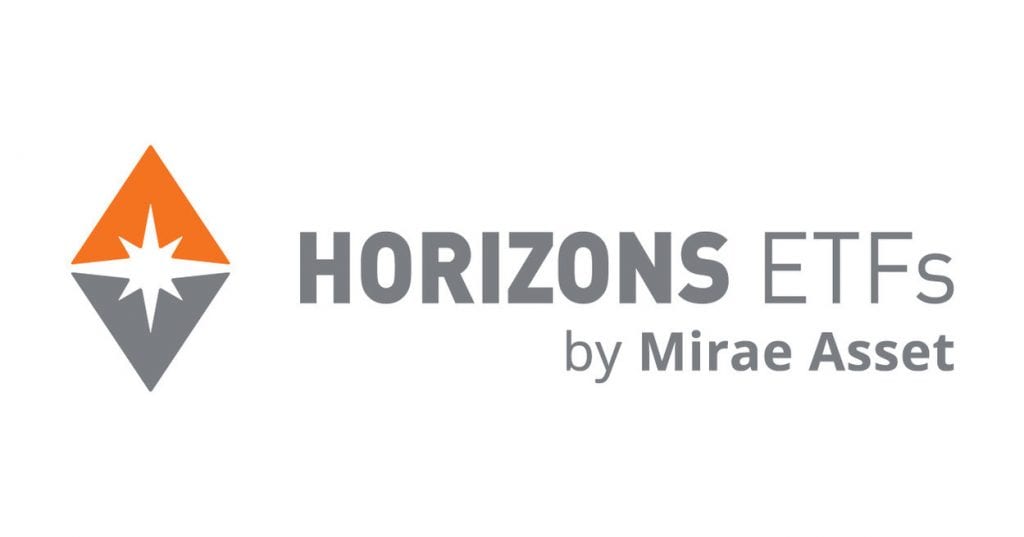
- Ticker: HYI.TO
- Inception Date: February 14, 2012
- Assets under Management: $63.81 million
- Management Expense Ratio: 0.70%
- Listed on: Toronto Stock Exchange
- Distribution Yield: 7.03%
- Stock Price: $7.43
- YTD Return: 0.29%
HYI is our top choice as a Canadian high-yield ETF. It is an actively-managed ETF that invests within North America, with currency exposures hedged to the Canadian dollar at all times.
HYI is a somewhat small ETF, with a fairly high MER. The ETF’s holdings are not disclosed beyond its top ten, likely because it is actively managed.
The ETF’s distributions are paid out monthly, and it offers a very attractive distribution yield.
4. NBI High Yield Bond ETF

- Ticker: NHYB.TO
- Inception Date: March 4, 2020
- Assets under Management: $1.06 Billion
- Management Expense Ratio: 0.69%
- Listed on: Toronto Stock Exchange
- Distribution Yield: 5.65%
- Stock Price: $21.05
- YTD Return: -0.53%
NHYB is the runner-up for the high-yield category. This ETF is also actively managed like HYI.
This ETF is almost entirely invested in the US, with a marginal amount invested in Canada. NHYB does not hedge its currency exposure, which is mainly between both the Canadian and US dollar.
The ETF also pays out distributions monthly and has a lower yield than HYI.
Although NHYB is a much larger ETF than HYI, it has a much shorter-term track record. Size and performance are both important to consider when looking at actively-managed, high-yield ETFs.
Best Global Bond ETFs in Canada
5. Purpose Global Bond ETF
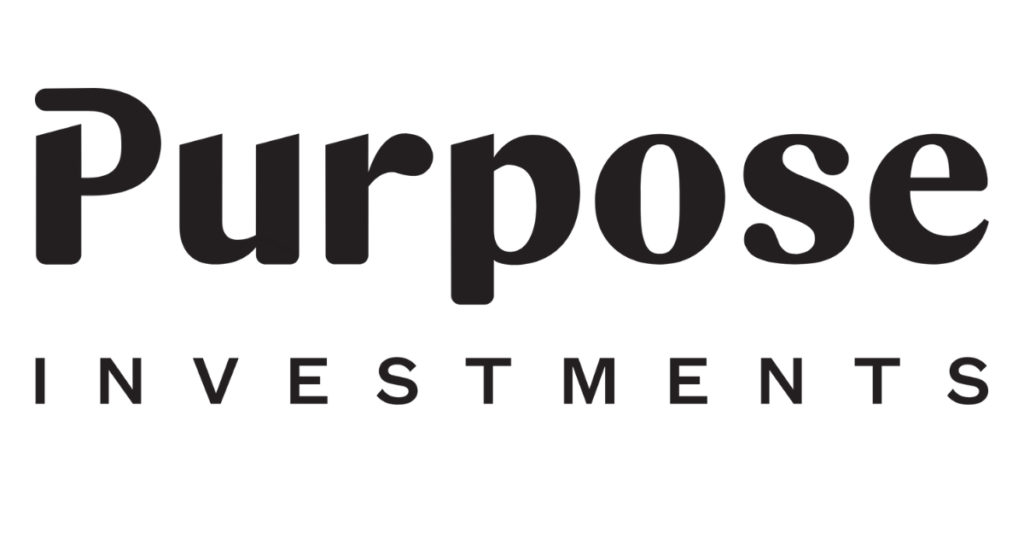
- Ticker: BND.TO
- Inception Date: October 27, 2015
- Assets under Management: $554.3 million
- Management Expense Ratio: 0.46%
- Listed on: Toronto Stock Exchange
- Distribution Yield: 4.69%
- Stock Price: $17.32
- YTD Return: 0.53%
BND is our top choice as a Canadian global bond ETF. It is an actively-managed ETF that invests globally across mainly investment-grade bonds.
With investments globally, the fund hedges away currency fluctuations against the Canadian dollar.
BND is a large ETF with a fairly average MER for an active ETF. The ETF has approximately 120 holdings, which makes it well diversified.
The ETF’s distributions are paid out monthly, and it offers a great distribution yield for a global bond fund.
6. AGFiQ Global Multi-Sector Bond ETF

- Ticker: QGB.NE
- Inception Date: October 22, 2018
- Assets under Management: $121.51 million
- Management Expense Ratio: 0.45%
- Listed on: NEO Exchange
- Distribution Yield: 3.27%
- Stock Price: $23.3
- YTD Return: 0.12%
QGB is the runner-up for the global bond category. The ETF is not actively managed but rather uses a multifactor approach to finding opportunities across bonds globally.
QGB does not hedge currencies, which is unusual for a global bond ETF.
The ETF is decently-sized but charges a fairly high MER given its multifactor approach. QGB currently has 115 holdings, which is a similar amount to BND.
The ETF’s distributions are paid out quarterly, which is also fairly unusual for a bond ETF or fund. Its lower yield and shorter track record firmly place it in second place to BND.
Best Floating-Rate ETFs in Canada
7. Mackenzie Floating Rate Income ETF

- Ticker: MFT.TO
- Inception Date: April 19, 2016
- Assets under Management: $589.09 million
- Management Expense Ratio: 0.67%
- Listed on: Toronto Stock Exchange
- Distribution Yield: 10.08%
- Stock Price: $17.3
- YTD Return: 1.04%
MFT is our top choice as a Canadian floating-rate ETF. It is an actively-managed ETF that invests globally (primarily in the US) in floating-rate bonds. The bonds are generally below investment grade, making them higher risk.
The ETF does hedge away currency fluctuations against the Canadian dollar.
MFT is another massive ETF, with a fairly reasonable MER for an active ETF. The ETF has approximately 447 holdings, making it extremely well-diversified.
The ETF’s distributions are paid out monthly, and its distribution yield is great for a floating-rate bond fund.

- Ticker: XFR.TO
- Inception Date: December 6, 2011
- Assets under Management: $925.54 million
- Management Expense Ratio: 0.23%
- Listed on: Toronto Stock Exchange
- Distribution Yield: 4.58%
- Stock Price: $20.16
- YTD Return: 0.41%
XFR is the runner-up for the floating-rate category. It is a passive ETF tracking the FTSE Canada Floating Rate Note Index.
XFR invests only in floating-rate bonds within Canada, which is much different from MFT’s approach. The quality of these bonds is also much higher with XFR, which is reflected in the yield.
XFR pays a monthly distribution.
XFR is a large ETF, with an average MER for a passive strategy. The ETF has 21 holdings, making it extremely concentrated.
Best Corporate Bond ETFs in Canada
9. BMO Mid Corporate Bond Index ETF

- Ticker: ZCM.TO
- Inception Date: January 19, 2010
- Assets under Management: $428.46 million
- Management Expense Ratio: 0.34%
- Listed on: Toronto Stock Exchange
- Distribution Yield: 4.15%
- Stock Price: $14.68
- YTD Return: -0.58%
ZCM is our number one choice in the corporate bond category. It is a passive ETF tracking the FTSE Canada Mid-Term Corporate Bond Index.
ZCM invests in investment-grade bonds in Canada, which have an average number of years until maturity.
The ETF is fairly large, and its MER is slightly high for a passive strategy.
ZVM currently has 213 holdings, making it very well-diversified.
10. Horizons Active Corporate Bond ETF

- Ticker: HAB.TO
- Inception Date: July 14, 2010
- Assets under Management: $316.56 million
- Management Expense Ratio: 0.59%
- Listed on: Toronto Stock Exchange
- Distribution Yield: 4.38%
- Stock Price: $9.75
- YTD Return: -0.59%
Our runner-up for the corporate bond category is Horizon’s HAB. It is an actively-managed corporate bond ETF investing mainly in Canada and the US.
Any currency exposures are hedged, and the ETF pays monthly distributions.
The ETF is fairly large and has an average MER for an active strategy. Since it is an active strategy, the total number of underlying holdings is not disclosed by Horizons.
The interest rate risk between HAB and ZCM is fairly similar. HAB offers a lower yield and also invests in US corporate bonds.
Best Emerging Market Bond ETFs in Canada
11. BMO Emerging Markets Bond Hedged to CAD Index ETF

- Ticker: ZEF.TO
- Inception Date: May 21, 2010
- Assets under Management: $572.09 million
- Management Expense Ratio: 0.56%
- Listed on: Toronto Stock Exchange
- Distribution Yield: 4.67%
- Stock Price: $12.01
- YTD Return: -0.03%
ZEF is our top choice in the emerging markets bond category. It is a passive ETF tracking the Barclays Emerging Markets Tradable External Debt (EMTED) GDP Weighted Capped Index CAD Hedged.
The ETF invests in emerging markets bonds globally, which is generally considered a high-risk space.
The ETF is very large, and its MER is high for a passive strategy. The ETF pays out distributions on a monthly basis.
ZEF currently has 58 holdings, making it very concentrated.
12. Mackenzie Emerging Markets Bond Index ETF

- Ticker: QEBH.TO
- Inception Date: July 25, 2019
- Assets under Management: $245.2 million
- Management Expense Ratio: 0.50%
- Listed on: Toronto Stock Exchange
- Distribution Yield: 5.82%
- Stock Price: $75.46
- YTD Return: -1.28%
Mackenzie’s QEBH is our runner-up in the emerging markets bond category. It is a passive ETF tracking the Solactive EM USD Govt & Govt Related Bond Select CAD Hedged NTR Index.
QEBH hedges any currency exposure.
The ETF is fairly large, and its MER is high for a passive strategy. The ETF pays out distributions on a monthly basis.
QEBH currently has 502 holdings, making it extremely well-diversified. The ETF has a very short performance track record due to its recent inception.
How to Buy Fixed Income ETFs in Canada
The cheapest way to buy ETFs is from discount brokers. My top choices in Canada are:
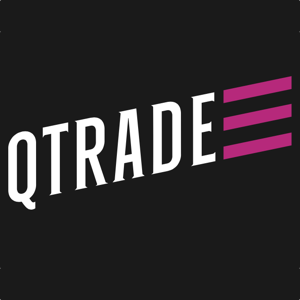
- 105 commission-free ETFs to buy and sell
- Excellent customer service
- Top-notch market research tools
- Easy-to-use and stable platform

- Stock and ETF buys and sells have $0 trading fees
- Desktop and mobile trading
- Reputable fintech company
- Fractional shares available
To learn more, check out my full breakdown of the best trading platforms in Canada.
Which Canadian Bond ETF is the Best?
The reason why we divided our list into categories is to outline the major differences in the types of fixed-income ETFs available in Canada.
While certain strategies may perform better under specific conditions, it is impossible to name one particular ETF as being the best. It is unique to your own situation as well, and you’ll have to determine what type of bond is best for you.
Below are a few examples of situations in which specific fixed-income categories could outperform:
- Floating-rate bond ETFs during periods of rising interest rates
- High-yield bond ETFs during a steady or bull market
The most well-rounded fixed income categories to consider across multiple different situations would be either global or corporate.
What is the highest volume fixed-income ETF in Canada?
The iShares Core Canadian Universe Bond Index ETF (XBB) is among the most popular and highest-volume fixed-income ETFs in Canada. It aims to track the performance of the broad Canadian bond market.
Conclusion
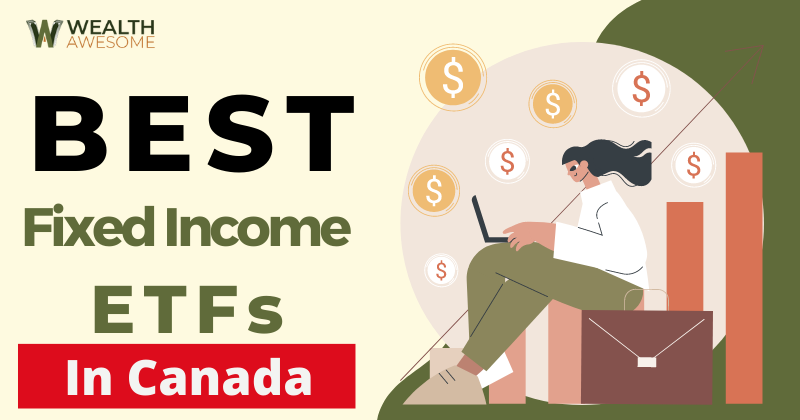
A large number of differences and features to fixed-income ETFs means that you should do plenty of research before constructing your own bond ETF portfolio. While the options listed above are all Canadian-listed, there is a huge amount of US-listed fixed-income ETFs also to consider.
Fixed income may not be as flashy or attractive as stocks, but it is just as important when building investment portfolios.
Remember that your portfolio should match your goals and objectives, which are unique to you.





